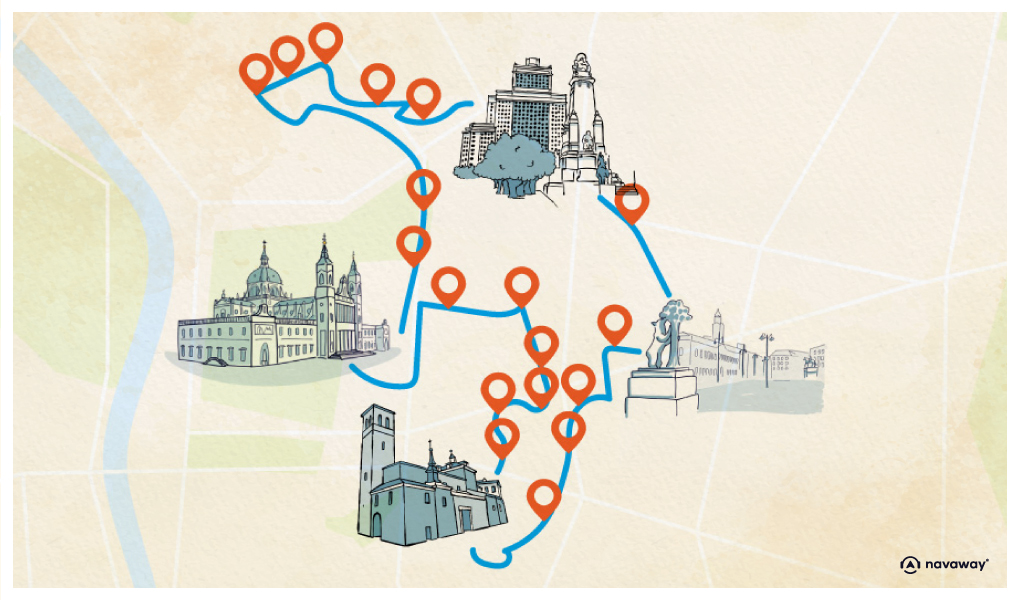
Royal Palace
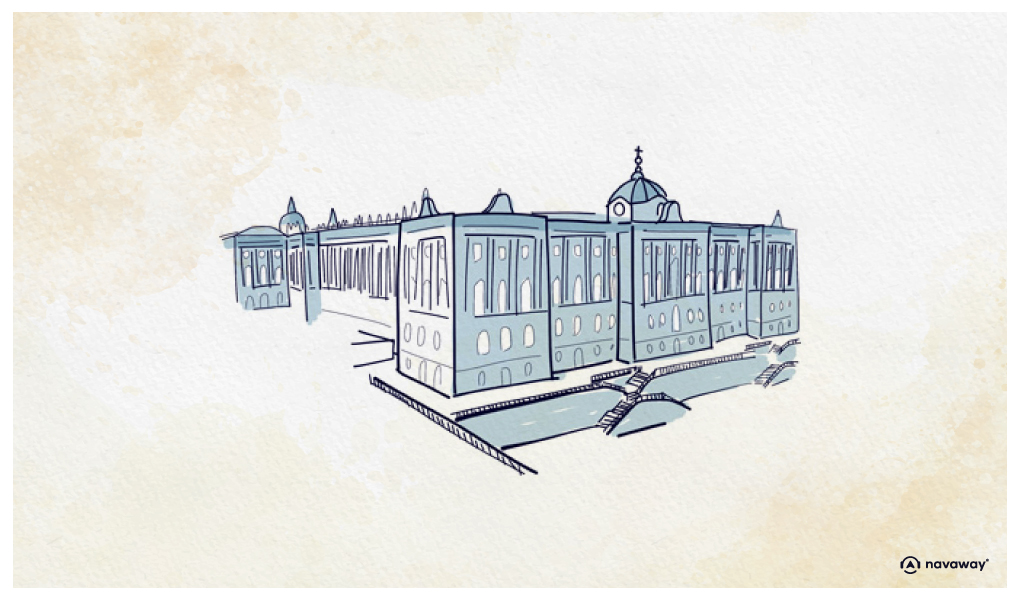
This point of interest is available as audio on the tour: Visit Madrid, From the Royal Palace to La Latina
Finally, we’ve reached it ! The famous Royal Palace, built in 1738 as the residence of the Spanish royal family. From Charles III to Alfonso XIII, generations of monarchs lived here. This is the largest royal palace in Europe, and one of the largest in the world, nearly twice the size of Versailles or Buckingham Palace. Inside, the palace holds an extraordinary collection of historical and artistic treasures, including five original Stradivarius music instruments, and numerous rare and valuable paintings and tapestries. King Philip V ordered its construction on the ruins of the old Alcázar, which had been destroyed by fire in 1734. That earlier fortress began as a watchtower built by Emir Muhammad I in the 9th century, designed to keep an eye on Toledo — the Visigothic capital at the time— from the small Arab village of Magerit, which later became Madrid. Madrid wasn’t always the capital we know today. The city came under the Kingdom of Castile in 1085, when Alfonso VI conquered Toledo. From then, the Alcázar was used by Castilian kings as a royal residence. By the end of the 15th century, it had become one of the most significant fortresses in Castile. In the 16th century, Charles V and later his son Philip II took up residence, making it the permanent and official seat of the Spanish crown. On Christmas night of 1734, the Alcázar almost completely burned down — leading to the construction of the palace you see today, reflecting the era at the time. Philip V launched the project, and his son Charles III became the first monarch to live here. The last to reside in the palace was Alfonso XIII. In 1931, the monarchy was overthrown and the Republic declared, leading the royal family to go into exile. First in Paris, then in Rome. Alfonso XIII never formally abdicated, but gave up power and took the title Duke of Toledo. However, General Franco restored the royal family’s titles and properties after his coup against the Second Republic. But Alfonso XIII never returned to Spain and eventually abdicated in favour of his son Juan, Count of Barcelona. Upon Franco’s death in 1975, Juan Carlos — Alfonso XIII’s grandson — was proclaimed King of Spain. A whole generation of royals was skipped. Juan Carlos restored the constitution that had been suspended under Franco’s dictatorship, and Spain returned to a constitutional monarchy. Today, no royals live at the Royal Palace. It’s used exclusively for official ceremonies and state receptions. The Spanish royal family now lives at the Palace of Zarzuela, in the northwest suburbs of Madrid. You can visit the Royal Palace — ticketed entry gives you access to some of its most stunning rooms, of which there are over 3,000. If you’re wondering what a monarchy costs: in 2007, the Spanish monarchy received €8.28 million from the state. When you include building maintenance and staff salaries, the real cost is closer to €25 million. In comparison, in 2013, the British monarch received €42.5 million.

Discover other tours to visit Madrid

Discover Madrid with app
An interactive guide through the most beautiful streets, squares, and districts
23 fun audioguides full of historical facts, anecdotes, and legends

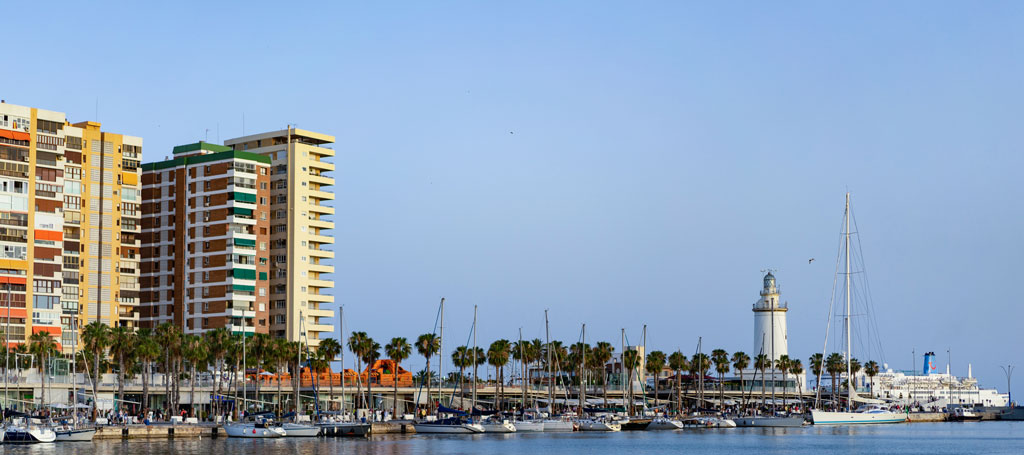
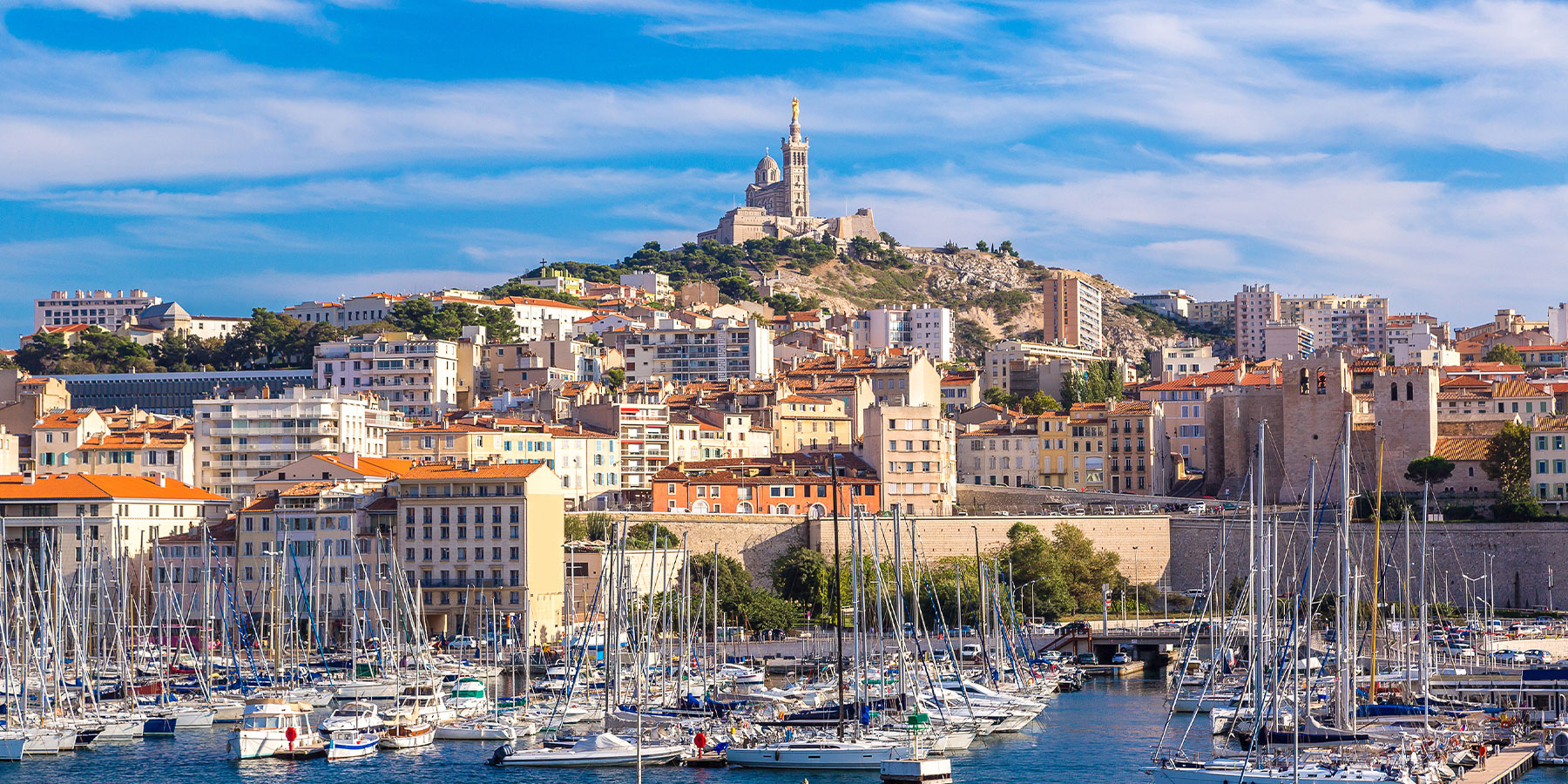
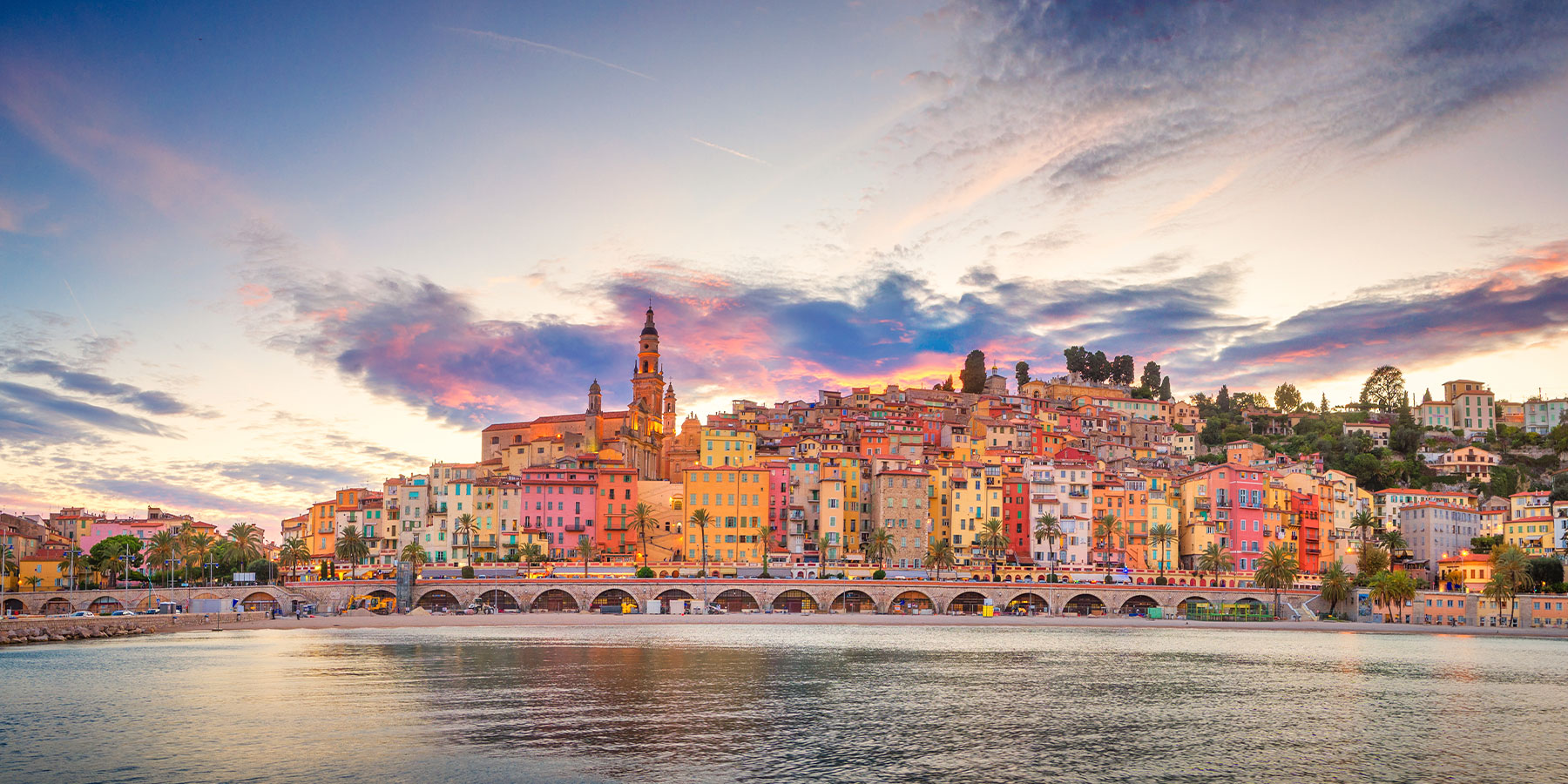


Comments